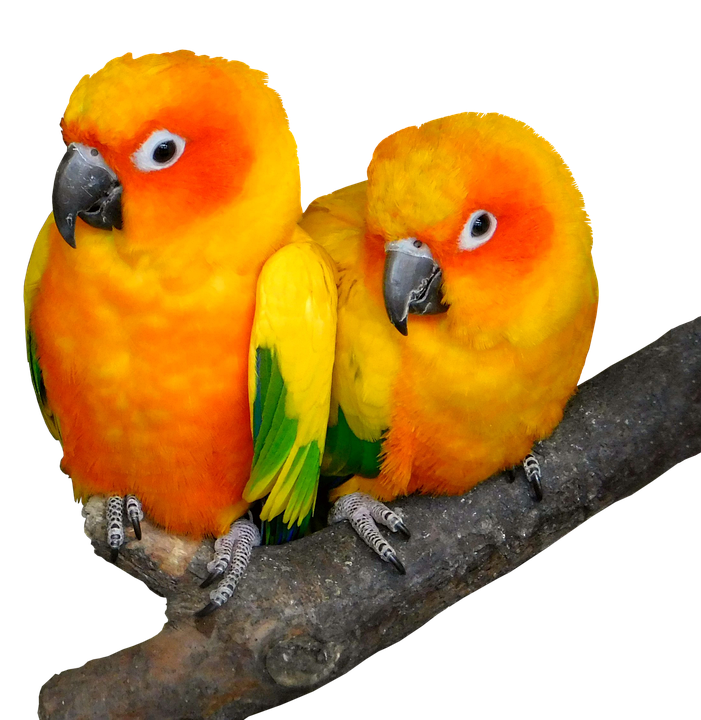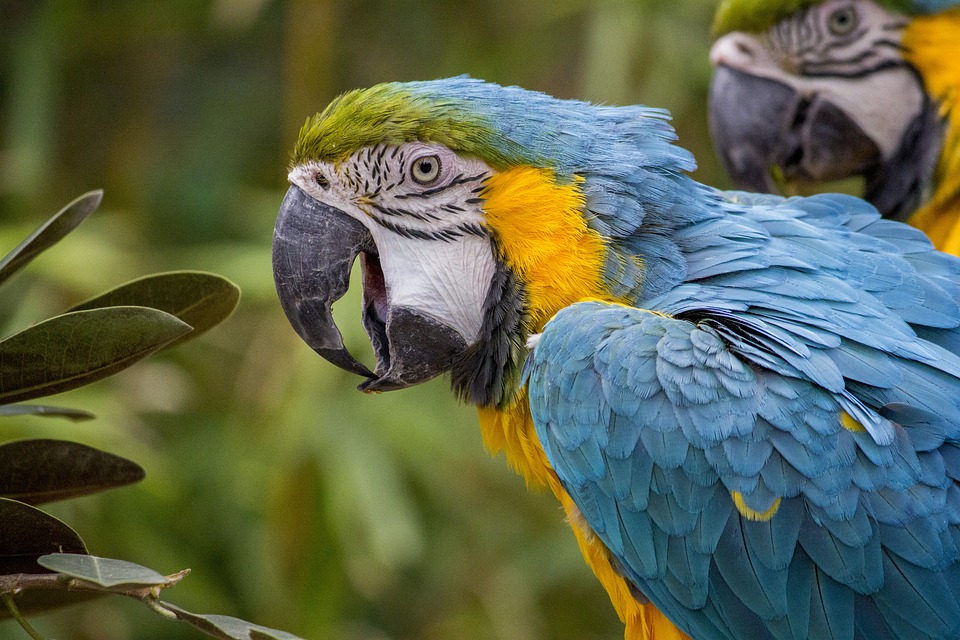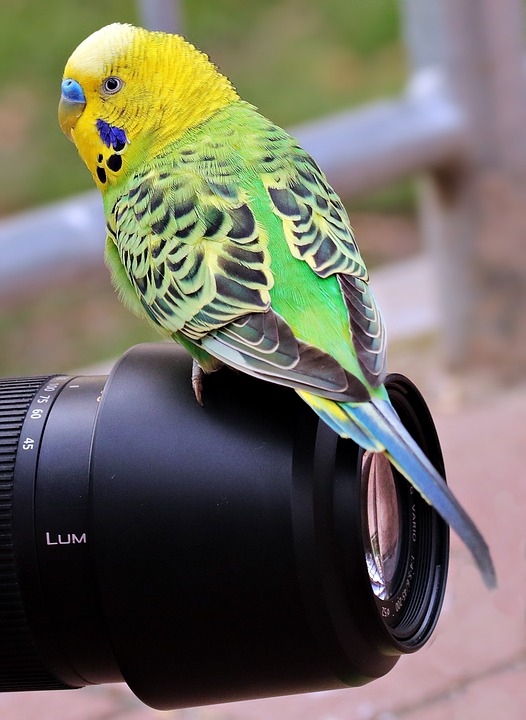Parrots are known for their ability to mimic human speech, but sometimes their loud vocalizations can become overwhelming, especially in a household or apartment setting. Teaching your parrot to speak softly or lower their vocal volume can significantly improve their behavior and create a more peaceful environment for both you and your feathered friend. In this article, we will provide you with effective techniques and strategies to successfully teach your parrot to speak softly.
Before diving into the training methods, it’s important to understand why parrots can be loud. Parrots, particularly those from noisy environments in the wild, use vocalizations for communication, establishing territory, expressing emotions, and seeking attention. Therefore, it’s crucial to approach vocal training with patience, consistency, and positive reinforcement.
To begin, designate a specific area where you will conduct the training sessions. Choose a quiet room with minimal distractions to help your parrot focus on the training process. Minimize external noises that may trigger your parrot’s vocalizations by closing windows, turning off loud appliances, and asking family members to keep their voices down during the training sessions.
Positive reinforcement is key when teaching your parrot to lower their vocal volume. Reward your parrot with treats, praise, or their favorite toys whenever they speak softly or at a lower volume. Start by observing your parrot’s vocalizations and identify the volume level that you find acceptable. Each time your parrot vocalizes at that volume or lower, immediately reward them. Over time, gradually reduce the acceptable volume level, ensuring that your parrot is consistently rewarded for their efforts.
Introduce a specific verbal cue or command, such as “speak softly” or “lower volume,” whenever your parrot vocalizes at the desired level. Repeat the cue consistently during the training sessions, and reward your parrot each time they respond correctly.
Now, let’s address some frequently asked questions:
Q1: How long does it take to teach a parrot to speak softly?
A1: The duration of the training process varies depending on the individual parrot’s personality, age, and previous vocal training experiences. Some parrots may pick up the training quickly, while others may require more time and patience. It’s important to remain consistent and dedicated to the training process.
Q2: What if my parrot doesn’t respond to the training?
A2: If your parrot doesn’t seem to respond to the training methods, don’t get discouraged. Every parrot is unique, and some may require alternative techniques or additional time to adapt. Consider seeking guidance from an avian behaviorist or an experienced parrot trainer for personalized advice.
Q3: Can parrots completely stop vocalizing loudly?
A3: While it’s possible to teach parrots to lower their vocal volume, it’s unlikely that they will completely stop vocalizing. Vocalization is a natural behavior for parrots, and it’s essential for their mental well-being. The goal of training is to establish an acceptable volume level that is more suitable for your living environment.
In conclusion, teaching your parrot to speak softly or lower their vocal volume requires consistent training, patience, and positive reinforcement. By creating a calm environment, utilizing rewards, and gradually reducing the acceptable volume level, you can successfully modify your parrot’s vocal behaviors. Remember to consult avian experts for personalized guidance and always prioritize your parrot’s well-being and happiness throughout the training process.









